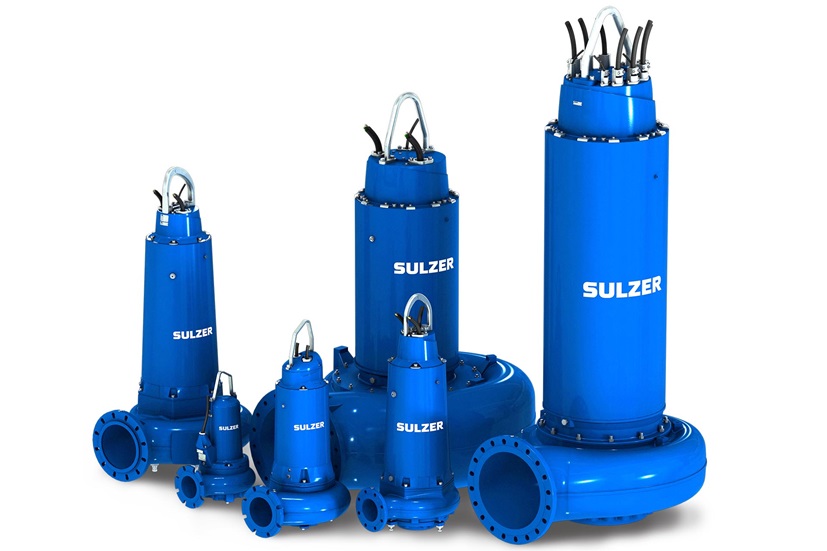
Flood control pumps are pumps that are designed to control or prevent flooding by removing water from low-lying or flood-prone areas. These pumps are commonly used in urban areas, where large volumes of water can quickly accumulate during heavy rainfall or storms. They are also used in agricultural areas to control irrigation and drainage, and in industrial applications to control wastewater and process water.
Some of the most common types include:
Submersible pumps: These pumps are designed to be submerged in water and can be used for both temporary and permanent applications. They are typically installed in a sump or a basin and can be used to pump water from flooded areas to a higher elevation.
Axial flow pumps: These pumps are designed to move large volumes of water at a low head. They are typically used in flood control applications where large volumes of water need to be moved quickly, such as during heavy rainfall or storm surges.
Centrifugal pumps: These pumps are commonly used in flood control applications to move water from low-lying areas to higher elevations. They are often used in combination with other pumps and can be installed on a trailer or skid for ease of mobility.
Mixed flow pumps: These pumps are designed to move large volumes of water at a higher head than axial flow pumps. They are commonly used in flood control applications where water needs to be moved a greater distance.
The type of flood control pump that is best suited for a particular application depends on several factors, including the volume of water that needs to be moved, the elevation to which it needs to be pumped, and the type of flooding that is expected.
